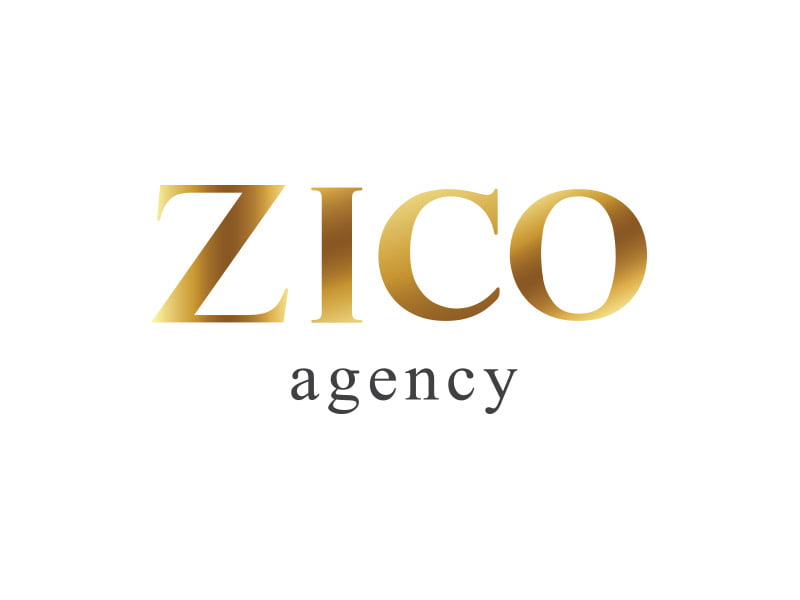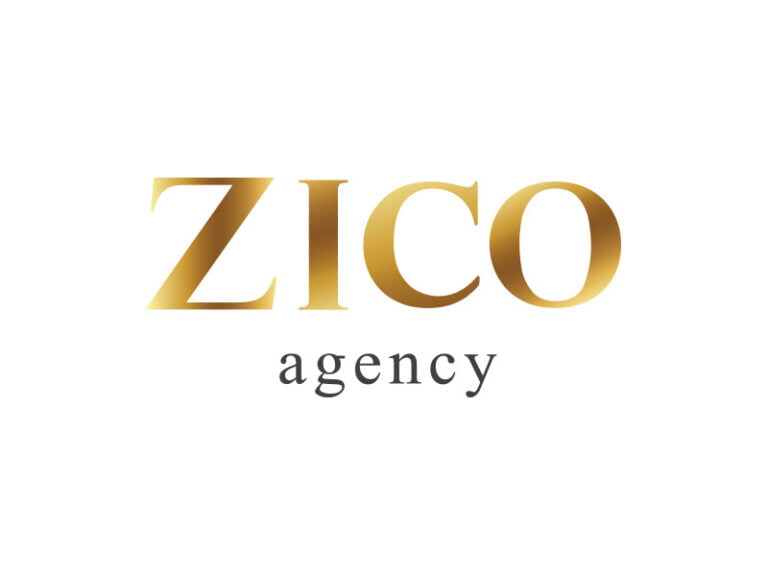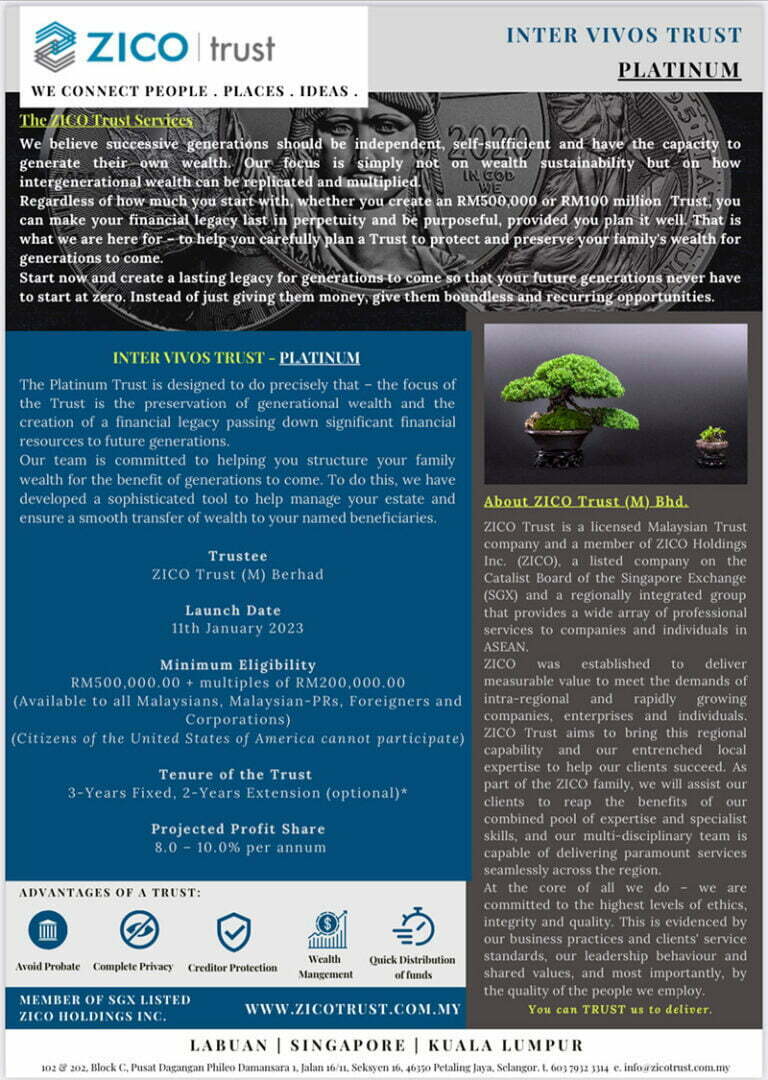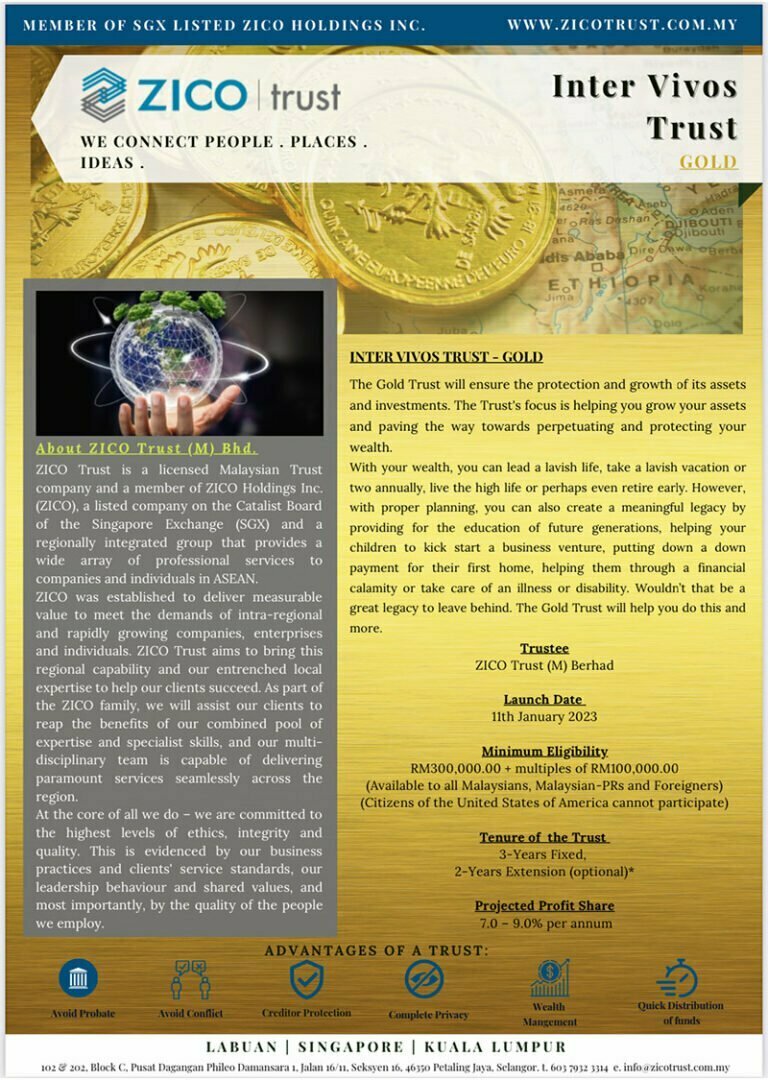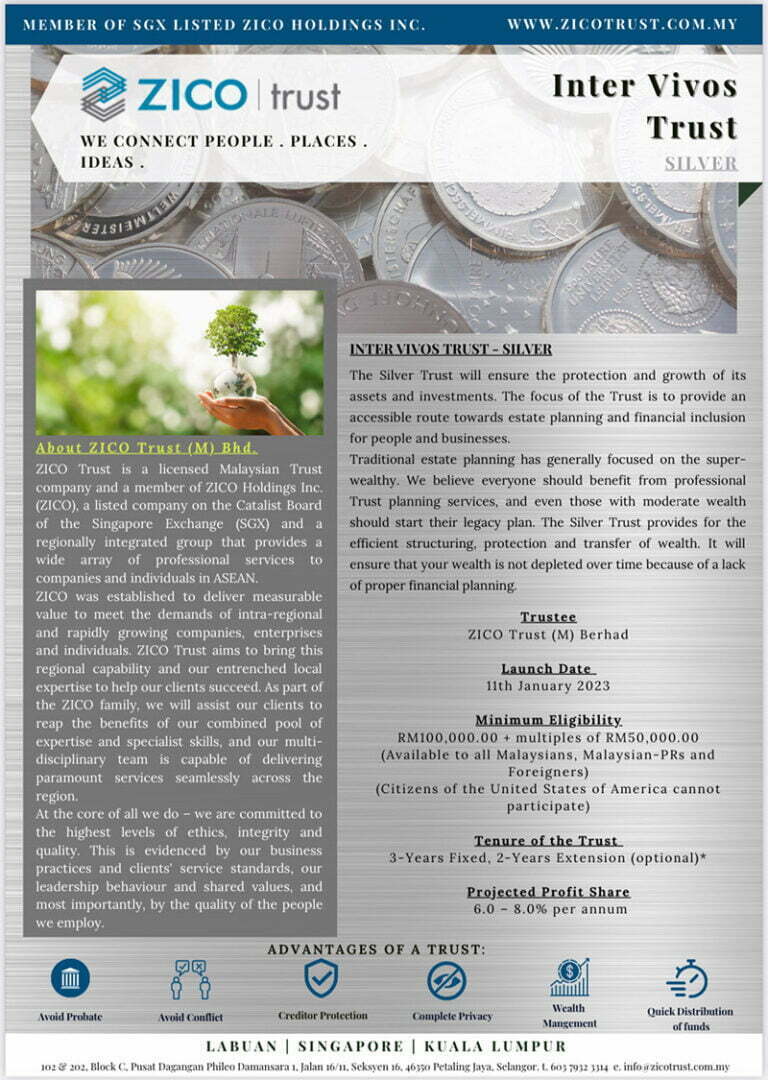Here’s Mr. Ling, a 67-year old retiree and widower living in Malaysia. He has RM 1 million in savings and owns a property worth RM 1 million. He has a daughter, Jenny, who is 35 years old and resides in Australia. In addition to Jenny, Mr. Ling has a sibling, Katie, who lives closeby. Thus, the question is: “How could he plan out his estate efficiently?”.
Step 1: The Estate Planning Quadrant (EPQ)
First, Mr. Ling could work with an estate planner to use EPQ to identify 4 factors to be considered in an estate plan. They include:
- Beneficiaries.
- Assets.
- Emergency Fund.
- Periodical Payments.
1. Beneficiaries:
In his case, Jenny, his only daughter, would be his beneficiary.
2. Assets:
He has two assets: cash and property. Here, the issue is on the property. Should Mr. Ling bequeath the property to Jenny or should this property be “liquidated” into cash and be distributed to Jenny? Such is to be discussed between Mr. Ling and his daughter. But here, let’s assume that Mr. Ling wishes to bequeath Jenny the RM 1 million property upon death.
3. Emergency Fund:
There are two scenarios to be considered: death and non-death.
In the event of death, the costs that need to be considered would be:
- Funeral expenses.
- Estate administration expenses: legal fees … etc
In the event of non-death (disability, disease, dementia, … etc), the costs would most likely be:
- Medical and nursing care.
- Living expenses
4. Periodical Payments:
Such is intended for financially dependent beneficiaries, which include children, elderly, special needs individuals, and so on and so forth. Here, Mr. Ling doesn’t have such a need as his daughter is 35 years old.
Step 2: The Tools
Once the needs are identified, Mr. Ling could use these tools to address them:
1. Will
Mr. Ling could distribute to Jenny the following assets:
- RM 1 million property.
- Remaining cash in his bank accounts
Mr. Ling can appoint Katie, his sister, to be the executor of his will document. Of course, he may leave behind an “appreciation token” to Katie for her services in executing the will document. Otherwise, if Katie refuses this role, Mr. Ling could nominate a trust company to undertake the executorship of his will.
2. Living Trust
Mr. Ling can put a portion of his money (let’s say, RM 300k) into a living trust. In this trust, he can nominate both Jenny and himself as its beneficiaries. Also, Mr. Ling can appoint Katie as his guardian or protector of the trust. So, in critical life events such as:
a. Non-death (disability, disease, and dementia):
The trustee shall distribute this money to Katie (guardian) so that she can make immediate payments to fund Mr. Ling’s medical, nursing and living costs.
b. Death
The trustee shall distribute this money to Jenny. Jenny could use this money for Mr. Ling’s funeral costs and other related expenses on estate administration. Of course, Jenny could keep the balance amount as a beneficiary.
But, if Mr. Ling is still healthy and alive, he may instruct the trustee to invest the sum of money for projected returns (let’s say, 8% per annum). In this case, he is able to receive RM 24k a year from the RM 300k placed in his living trust.
Conclusion:
As you can see, estate planning is not complicated. By using the EPQ, one could identify main factors to be considered in estate planning. As each individual has different needs and objectives, it is ideal for one to work with an experienced & highly qualified estate planner to formulate his or her estate plan.
For a start, you can begin by filling up your details below to book yourself a 30- minute consultation session. Our promise to you is: “You shall walk away with at least one key idea to secure your family’s financial future.”

